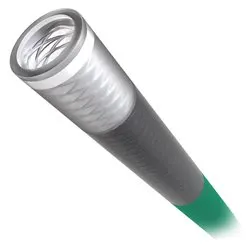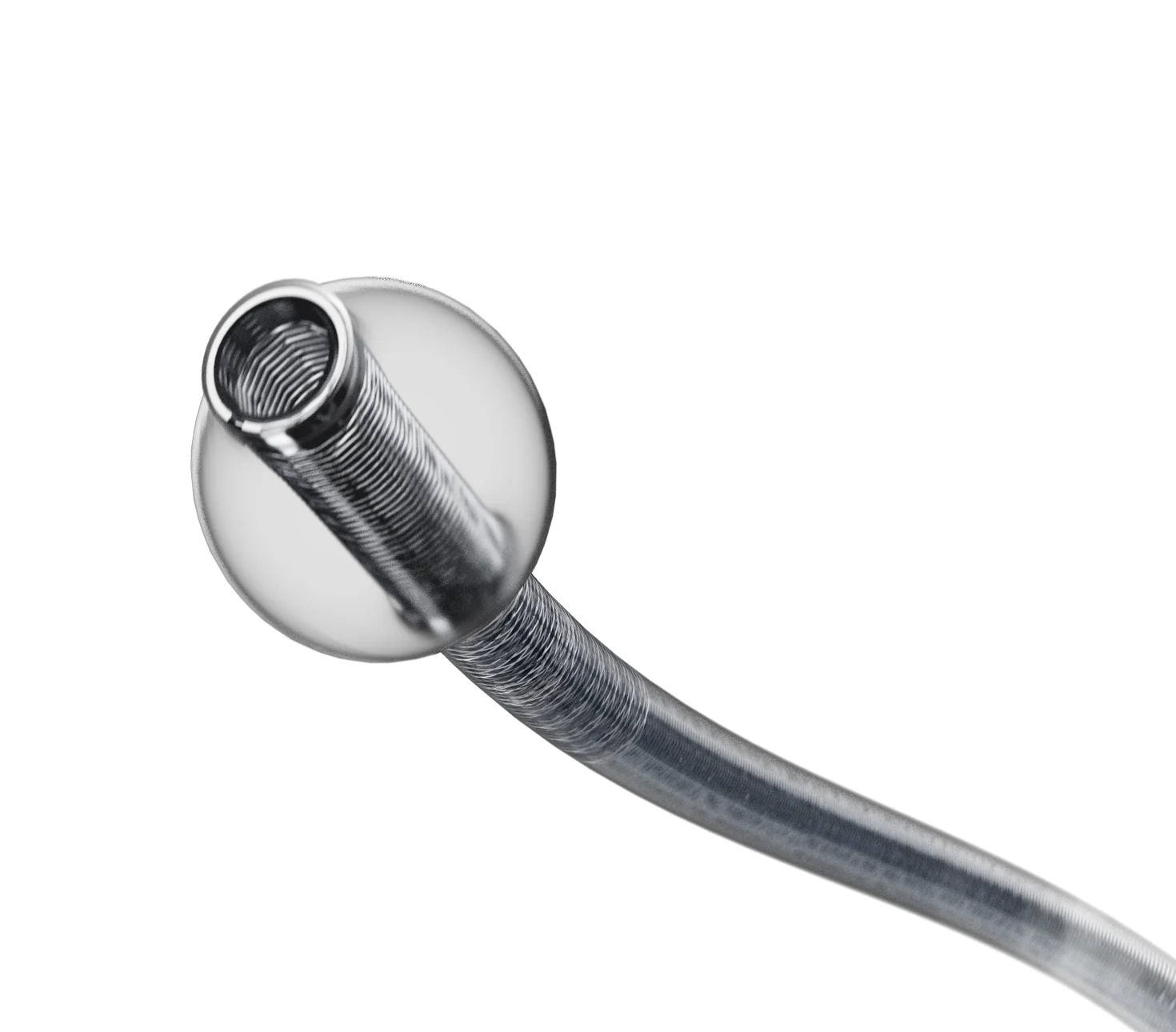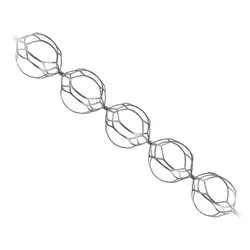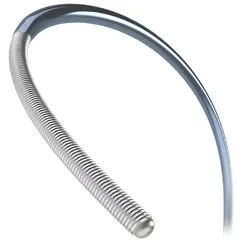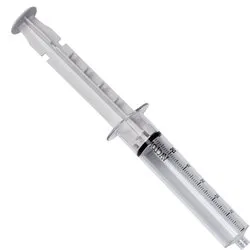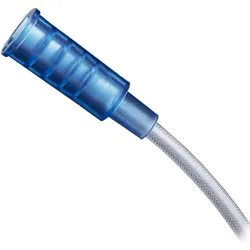Terumo Neuro has developed an innovative portfolio of devices to treat ischemic stroke and carotid artery disease, which are blockages that limit or prevent blood flow into the brain. Our devices include aspiration catheters, stentrievers, and carotid stents.
An ischemic stroke is a type of stroke caused by a blockage of blood flow within a blood vessel in the brain. The brain cells downstream of the blockage are deprived of oxygen and nutrients and will quickly die if left untreated. The death of enough brain cells can result in permanent disability or death.
Carotid artery disease is a narrowing of the carotid arteries. The disease decreases the amount of blood flow to the brain and increases the risk of stroke.
Ischemic Stroke
Ischemic Stroke (IS) occurs as a result of a clot in the artery blocking the flow of blood to the brain leading to dysfunction or death of the brain tissue.
Carotid Artery Disease
Carotid artery disease is caused by a buildup of plaque in carotid arteries that deliver blood to the brain. Plaque is the deposit of cholesterol, fatty substances, cellular waste products, calcium and fibrin (a clotting material in the blood) along the wall of a vessel. (from the American Heart Association)
Ischemic Stroke
Signs you may be having a stroke include:
Sudden numbness or weakness of the face, arm or leg, especially on one side of the body
Sudden confusion, trouble speaking or understanding
Sudden trouble seeing or blurred vision in one or both eyes
Sudden trouble walking, dizziness, loss of balance or coordination
Sudden severe headache with no known cause
To help spot a stroke we use the acronym FAST:
Facial drooping – one side of the face droops when the person tries to smile
Arm weakness – one arm drifts downward when the person tries to hold both arms up
Speech difficulty – the person exhibits slurred or strange speech
Time to call 911
Carotid Artery Disease
Carotid artery disease may not cause signs or symptoms until it severely narrows or blocks a carotid artery. Signs and symptoms may include a bruit, a Transient Ischemic Attack (TIA), or an Ischemic Stroke (IS).
Bruit:
During a physical exam, your doctor may listen to your carotid arteries with a stethoscope. He or she may hear a whooshing sound called a bruit. This sound may suggest changed or reduced blood flow due to plaque buildup. Not all people who have carotid artery disease have bruits.
Symptoms related to a TIA or IS are:
A sudden, severe headache with no-known cause
Dizziness or loss of balance
Inability to move one or more of your limbs
Sudden trouble seeing in one or both eyes
Sudden weakness or numbness in the face or limbs, often on just one side of the body
Trouble speaking or understanding speech
Even if the symptoms stop quickly, call 9–1–1 for emergency help. Do not drive yourself to the hospital. It’s important to get checked and to get treatment started as soon as possible.
Ischemic Stroke
If a patient has any of the described physical problems, they will likely be assessed using a tool such as the National Institutes of Health Stroke Scale (NIHSS) to quantify the impairment caused by the stroke. The patient may also receive advanced imaging such as CT/CTA/CTP, MR/MRA to detect any hemorrhage, determine the location of the stroke, how much of the affected brain tissue is salvageable, and choose the best type of treatment for the patient.
Carotid Artery Disease
Results from the following are ways your doctor may diagnose Carotid Artery Disease:
• Medical History
• Physical Exam
• Carotid Ultrasound
• Carotid Angiography
• Magnetic Resonance Angiography
• Computed Tomography Angiography






